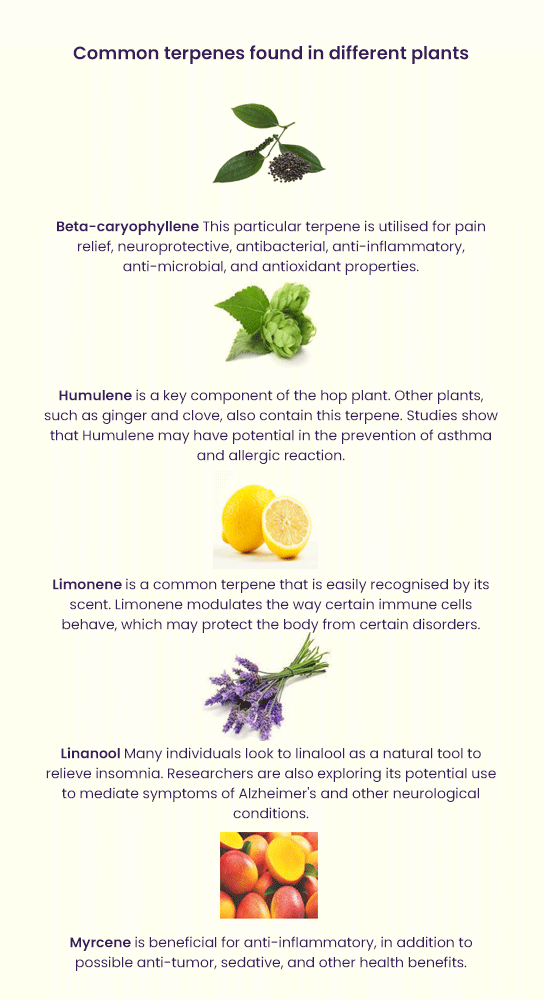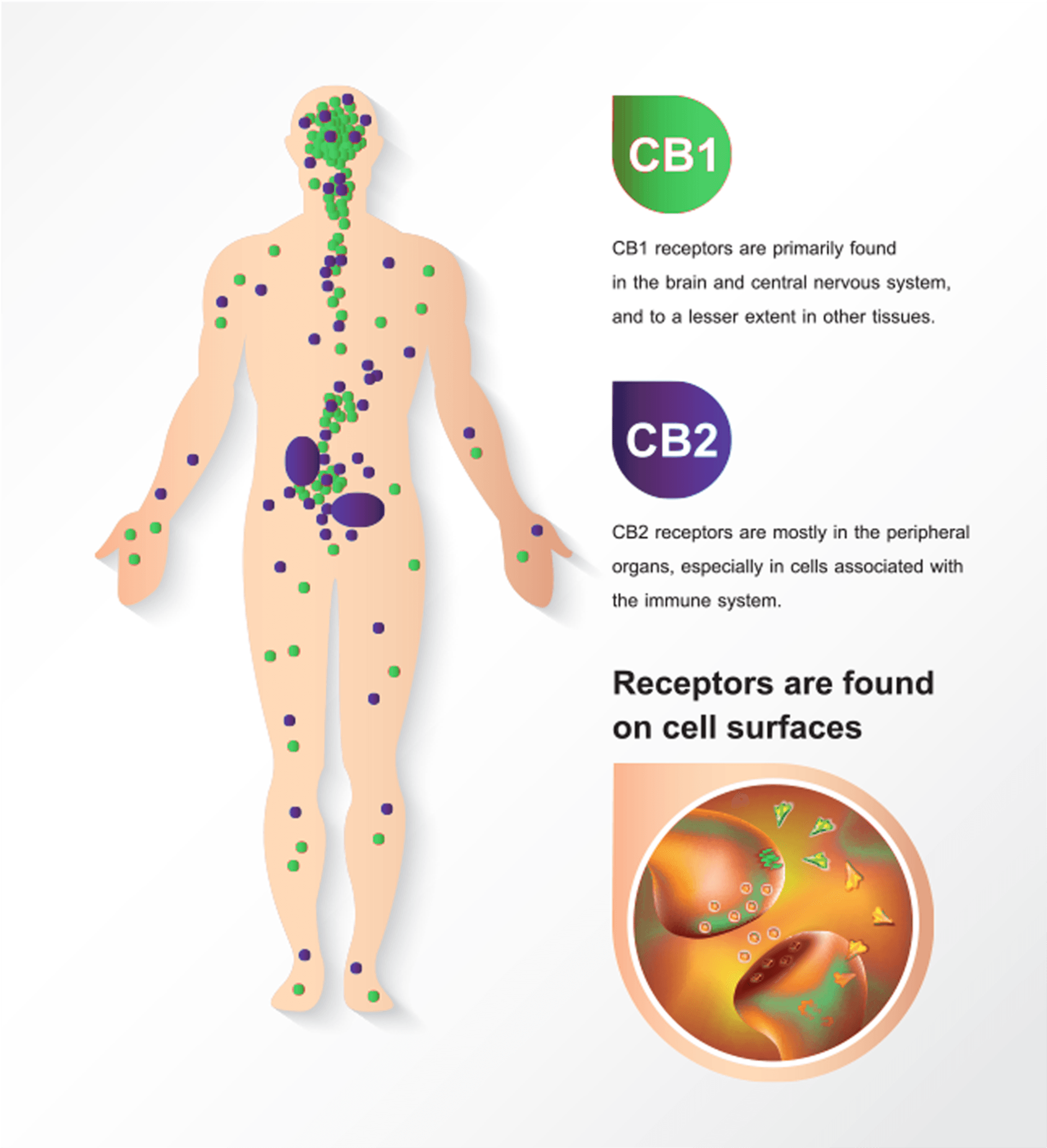The Science
Medical Cannabis
The science surrounding the natural remedy to support the responsible, ethical, medical use of cannabis.
What are Terpenes and what do they do?
Terpenes are organic substances that are found in many plants. Terpenes are key to the flavour and smell of plants, however, they are commonly linked with cannabis, as cannabis plants contain high concentrations of terpenes.
What are Terpenes?
Terpenes are high aromatic fusions of elements that influence the flavour and smells of many herbs and plants such as lavender and rosemary. There is a wide range of terpenes in nature, but only a tiny percentage of them have been investigated.
As of today, cannabis terpenes are one of the most researched topics medically. It is no surprise that cannabis terpenes are included among the most medically sourced vegetation together with tea, thyme, Spanish sage and citrus fruits.
How do Terpenes work
Plants produce a terpene compound to help deter ravenous animals, infectious germs, and other natural predators. In some plants, they can also attract pollinators and help regulate temperature. Conifer trees, hops, and cannabis all have terpenes in very high levels, but other flowers and fruits also produce them. These compounds get extracted from plants in the form of essential oils and other concentrated liquids.
Terpenes and their benefits
The effect and medicinal benefits of terpenes vary depending on the type of terpenes used, this being the dosage amount and how it is administered.

What is the endocannabinoid system?
The endocannabinoid system consists of 3 components: endocannabinoids, enzymes and a network of cannabinoid receptors.
Cannabinoid receptors are primarily located in the brain, brain stem, immune system, lungs, liver, kidneys and spinal cord.
Endocannabinoids are naturally produced chemical messengers (neurotransmitters) which bind to the cannabinoid receptors.
By binding to the cannabinoid receptors, endocannabinoids can either stimulate or inhibit essential processes including, but not limited to:
- Pain
- Inflammation
- Mood
- Stress Response
- Immune System
- Muscle Control
- Appetite
- Metabolism
- Sleep
The physiological purpose of the endocannabinoid system is to help the body maintain a state of perfect balance, or ‘homeostasis’.
How does medical cannabis affect the endocannabinoid system?
The two core cell receptors in the endocannabinoid system are CB1 and CB2 receptors. CB1 receptors are mostly found in the nerve cells of the brain, brain stem and some organs. CB2 receptors are mostly found on immune cells, the gastrointestinal tract and white blood cells.
There are over 100 different cannabinoids produced by the cannabis plant, the two core cannabinoids being THC and CBD. Some cannabinoids in medical cannabis can bind to the CB1 and CB2 receptors throughout the endocannabinoid system.
THC is similar in structure to the endocannabinoid called anandamide (ananda is the Sanskrit word for ‘bliss’). Anandamide is responsible for euphoria, pain relief, memory, body temperature and motor control, among other processes. Anandamide also promotes neurogenesis which can reduce anxiety and inflammation.
CBD, while not directly binding to the CB1 or CB2 receptors, can modulate other receptors such as the serotonin, capsaicin and vanilloid receptors which are associated with positive neurological and therapeutic effects. As CBD is generally considered a ‘good influence’ on a range of processes, it can also promote anandamide production and reduce the psychoactive effects of THC.

The Summary:
Cannabinoids are required by your body to control certain essential processes. Whether you use cannabis products or not, your body contains cannabinoids.
Cannabinoids from medical cannabis can help your body regulate processes such as pain, inflammation, mood etc. when your body isn’t naturally producing the right balance of endocannabinoids required for homeostasis.
See our Conditions page for more information on the specific symptoms that can be managed by medical cannabis.

